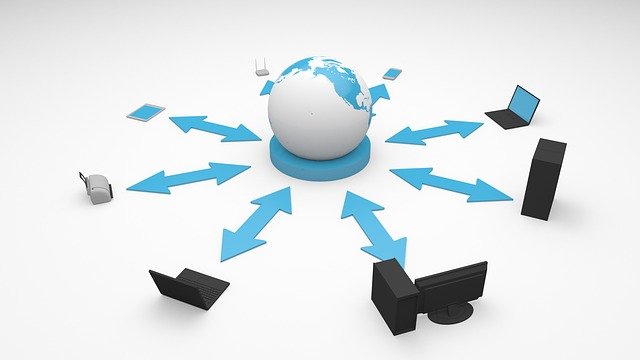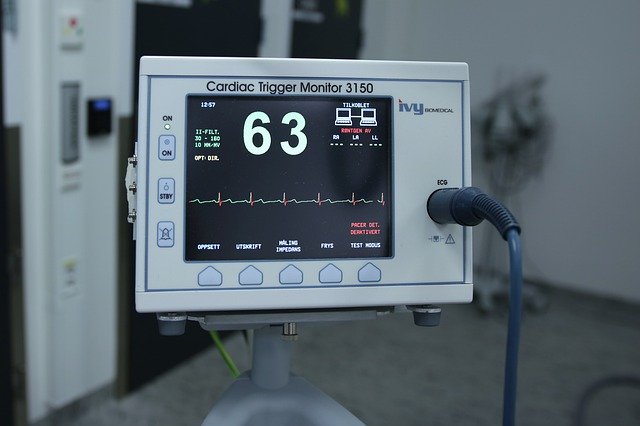Edge computing has gained quite a lot of traction in the last couple of years. As cloud adoption skyrocketed, many organizations realized that cloud deployments could burn a hole in their pockets in the long term. With IoT becoming widespread, more devices need to leverage the cloud’s processing power to perform specific tasks. Since AI processing is mainly hosted on the cloud, it can become costly to constantly have to send data back and forth. Other than the cost, the issue of latency also becomes an issue. Since datacenters can be anywhere globally, the devices trying to connect with them might not perform their tasks fast enough. This is precisely what edge computing helps with.
Edge computing refers to the phenomenon of placing the compute and storage closer to the devices — closer to the edge — to increase efficiency and reduce costs. This is usually done with the help of edge gateways and edge devices. Edge gateways are a type of edge device that can process data collected by an edge device. Edge gateways only send relevant and necessary data back to the cloud, ensuring reduced bandwidth costs. An edge device can be anything that performs processing locally. It can be a security camera, a sensor, or even the latest smartphone with enough processing power to perform heavy IoT tasks locally. Edge computing came to the picture as an answer to latency and cost issues but has since grown into a much more significant concept that finds application in plenty of verticals.
Let’s take a look at what’s new in the edge computing world.
Edge network virtualization
Network services are traditionally rigid and static, and this can limit the potential of edge computing. Since networking is hosted on datacenters and is hard to implement and migrate, it can cause latency. Since edge computing brings cloud resources closer to IoT devices, edge gateways tend to be quite vulnerable. Therefore, implementing static and traditional networking infrastructure only adds to this flaw in security. With edge network virtualization, you can use network services as software. This helps in leveraging networking infrastructure in a matter of minutes. Virtualized networks can be attached to your workloads and pass the security policies you specify to all nodes (VMs or containers). With edge network virtualization, you can add edge devices and edge gateways to network services closer to the edge and ensure devices only connect the way they intended. As your edge devices multiply over time, it’s easy to scale the virtualized network.

VMs vs. containers for edge
VMs and containers get compared quite often, and typically, containers are touted as the best of the two options. Containers offer OS-level virtualization and can be set up in seconds. They are lighter and use minimal resources. VMs, on the other hand, provide hardware-level virtualization and can be bulkier. In most cases, it is easy to make a choice. However, deeply embedded systems (DES) can’t use containers due to OS constraints in certain use cases. This is where you can use VMs and enjoy the benefits of both containers and VMs in the same infrastructure. However, using full-fledged VMs may not be an option where specific devices have certain constraints as these devices tend to require minimal resources. This is where most organizations implement what is called lightweight virtualization. Virtual nodes can leverage distributed resource management process algorithms to create and allocate new nodes while constantly communicating with neighboring nodes. The data sharing between virtual nodes helps avoid repeated requests to the end devices.
Edge computing solutions
Organizations need to rely on tools/solutions to bring cloud resources close to the edge to enable edge computing. There are plenty of solutions available in the market that help you implement an efficient edge infrastructure. Open source and vendor tools help address your edge computing needs without any manual effort. Open-source tools like KubeEdge leverage the Kubernetes platform to empower hosts on edge with container orchestration capabilities, thereby bringing Kubernetes to the edge. Popular cloud vendors including AWS, Microsoft Azure, Google Cloud Platform, and Cisco provide their edge computing solutions to help you enable an efficient edge infrastructure.
Edge computing use-cases
Due to the myriad of benefits edge computing offers, it finds its application in numerous use-cases where quick and efficient processing is required. IoT works by collecting data from multiple devices; this data needs to be stored, analyzed, and processed to derive proper insights to help make informed decisions. Here are some of the most popular edge computing use-cases.
Agriculture
Agriculture is one of the most significant sectors, and with the help of edge computing, farmers’ jobs can be made easier. Changing weather conditions can lead to lower yield and ultimately lead to a considerable loss for the farmers. IoT systems can collect data from sensors, analyze it swiftly, and notify farmers of unfavorable weather conditions with edge computing. Farmers can take measures to protect their crops on time. AI robots can undertake tasks like feeding the cattle, watering the crops, and harvesting. Since devices don’t have to connect with remote servers, they can perform these tasks reliably with considerably less waste.
Health care
Health-care data and patient information need to be secured by health-care providers. However, sending this data to remote servers exposes it to attackers. Constant back-and-forth relays between devices and the cloud servers mean that there is bound to be latency and unreliability. However, in health care, every passing minute and second is critical, and if the proper steps aren’t taken at the right time, it could lead to grave consequences. The help of 5G helps empower health care providers by assisting them to address many impossible use cases. With connected ambulances, patient information can be updated in real-time and provided to the doctors before the ambulance arrives at the hospital, saving time consumed by initial diagnosis and patient handover. With in-hospital monitoring, edge devices can notify doctors of any abnormality in a patient’s health via sensors.

Industrial manufacturing
Manufacturing industries tend to use a lot of devices and sensors to perform day-to-day tasks. However, much manual intervention is still involved because manufacturing industries cannot entirely rely on these devices to carry out these tasks independently and reliably. With edge computing, the data collected from ruggedized sensors can be constantly processed locally and used to derive insights letting edge devices like conveyor belts and assembly devices perform their tasks efficiently with minimal energy wastage.
Telcos operating on the edge
Telecom and communication service providers looking to travel upon the value chain are working on proofs of concept (POC) to explore the potential of edge computing. With edge computing, 5G deployments can become extremely fast, and the latency can be reduced beyond the limits previously imaginable. Telcos use open-source tools like Kubernetes and other tools in the K8s ecosystem to enable edge computing in their networks. By hosting compute and storage in places closer to the edge, like cell towers, edge devices lacking the ability to perform heavy processing can access the telecom network at lightning-fast speeds. Many cloud vendors are teaming up with telecom companies to develop telecommunication edge use-cases like AT&T and Google Cloud’s recent partnership to enable core GCP capabilities in AT&T’s existing 5G.
Edge computing is a disruptor and has much potential in several verticals. How it evolves and how the innovation continues will be exciting to witness.
Featured image: Pixabay



